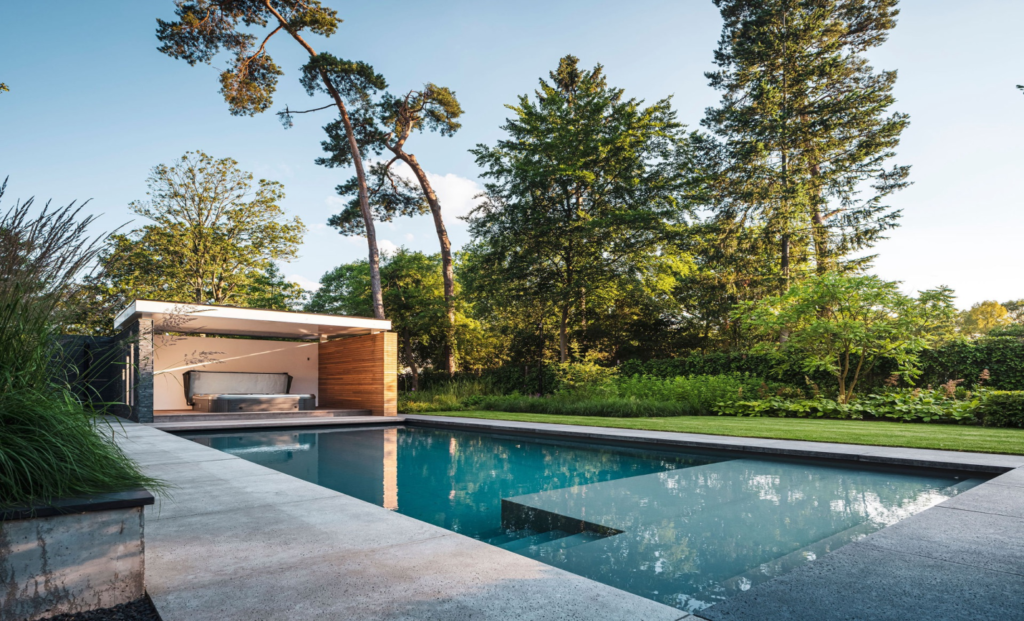To guarantee long-term durability and enjoyment, building a pool calls for both careful design, the appropriate materials, and expert construction techniques. Whether you are contemplating an above-ground or in-ground pool, knowing the primary building techniques will enable you to make a wise choice. The most often used pool-building methods are broken out here.
The Pool Construction Techniques Guide
Choose the dimensions, form, and site of the pool before work starts. Think through elements including soil characteristics, drainage, and utility proximity. Expert builders can help with site assessment and procurement of required licenses.
Foundation And Excavation
Starting the installation of an in-ground pool is excavation. The pool area was excavated using heavy gear. After that, the ground is compacted to produce a solid basis. Sometimes extra stability is achieved by adding gravel or sand reinforcements.
Selecting The Construction Technique
Concrete Pools
Customisable and somewhat robust are concrete pools. Support and strength come from a steel rebar frame. Shotcrete, sometimes known as gunite, is sprayed once the structure is set in place. The surface is completed for waterproofing and aesthetics with plaster, tile, or aggregate once it sets.
Fibreglass Pools
Pre-fabricated shells fitted in a ready-made location make up fibreglass pools. They are less expensive than concrete pools and demand less upkeep. Their low-maintenance nature stems from their smooth, non-porous surface resisting algae development.
Pools Made with Vinyl Liners
Built with a steel, polymer, or aluminium frame over which a vinyl liner is laid, vinyl-lined pools have Although this approach is less expensive than concrete or fibreglass, the liner could need repair with time. It guarantees correct water retention and offers a smooth, bespoke surface.
Electrical And Plumbing Installation
Effective water circulation, drainage, and filtration all depend on correct plumbing. Before the pool’s surface is finished, pipes, pumps, and filtration systems are set in place. Additionally connected at this phase are electrical components like underwater lighting systems and heating systems.
Filling and Finishing the Pool
Once building is finished, landscaping, coping and decking are added as last details. The chemical balance is adjusted to provide safe swimming conditions after the pool is filled with water.
Conclusion
Budget, maintenance preferences, and long-term durability all influence the optimal pool building technique. Knowing these methods will enable homeowners to decide on the best choice for a functional and aesthetically pleasing pool.
Florida Pool Patio is a second-generation company that comprises engineering professionals with a top-notch team. Our team has built a reputation for providing a positive experience and satisfied clientele with the latest technology. Our luxury pool builders in Coral Springs FL will not settle merely by building pools and patios; we want to positively impact the environment and benefit our clients from our knowledge. From construction to maintenance to outstanding customer service, we will never settle for less than the best.


